Exercise substitutes when you have Diastasis Recti (DR)
Hi friends! How’s the week going? I hope you’re having a great one. Today, I’m getting some Beautycounter stuff done and going to grab a quick strength workout before it’s time to pick up the crew.
This morning, I thought we could talk about substitutions for common core exercises when you have Diastasis Recti (DR). You can check out a post I did on DR here with lots of modification options. Here’s a free postpartum core guide I created a while back.
A quick refresher on DR:
What is diastasis recti?
Diastasis recti, often referred to as “abdominal separation,” is a condition characterized by the separation or gap between the two sides of the rectus abdominis muscle (the “six-pack muscle”), which runs vertically along the front of the abdomen. This separation occurs when the connective tissue that holds the abdominal muscles together, known as the linea alba, stretches and weakens, allowing the left and right sides of the muscle to move apart.
Diastasis recti is most commonly seen in pregnant and postpartum individuals, but it can also occur in men and women who engage in activities that place repeated stress on the abdominal muscles, such as weightlifting or certain types of exercise. The condition is often more noticeable in the later stages of pregnancy when the growing uterus puts significant pressure on the abdominal muscles.
Common signs and symptoms of diastasis recti may include:
- Visible Gap: You can often see a visible ridge or gap running vertically down the middle of the abdomen, especially when you contract your abdominal muscles or perform certain movements like sitting up.
- Abdominal Weakness: Many people with diastasis recti experience a sense of abdominal weakness, which can affect core stability and may contribute to lower back pain.
- Bulging or “Pooching” of the Belly: The separation of the abdominal muscles can lead to a bulging or protruding appearance of the abdomen, even in individuals who are otherwise in good shape. The bulge can remain, even at rest.
- Digestive Issues: Some individuals with diastasis recti may experience digestive problems, such as bloating or constipation, due to reduced abdominal muscle support.
It’s important to note that not all cases of diastasis recti are the same in terms of severity and symptoms. In some cases, the separation may naturally resolve on its own, especially in the months following childbirth. However, in more severe cases, physical therapy or other targeted exercises may be recommended to help strengthen the abdominal muscles and close the gap. Also, sometimes to width of the gap doesn’t matter; it’s about restoring FUNCTION.
Diastasis Recti Exercises
When you have DR or are postpartum, group fitness classes can be a little tricky. What are you supposed to do while everyone around you is overworking their hip flexors I mean doing full sit-ups? What if you know something is unsafe for you but don’t want to lie there, completely clueless about what to do instead?
Before I get into some of my favorite Diastasis Recti substitutes for common core exercises, I want to point something out:
no one cares if you’re modifying.
Everyone is so focused on their own workout – especially during challenging ab sequences – to look around and judge someone who might be doing something different. I’ve had many group ex students worried that they had to muscle through certain exercises that weren’t safe and didn’t make sense for their bodies. The truth is that NO ONE is going to look at you and think, “Ew. Look at that person doing something that’s safer for them. They’re weak!” Really. They only care about their own workout. So please please do what you need to do during classes to get a safe and smart workout for yourself! As long as you’re generally doing a similar exercise as the rest of the class – so this is a little different than the student who gave a solo hula performance during one of my Zumba classes – no one will notice. (It was very obvious this particular lady was choreographing her own sultry hula routine, but in the end, she had a good time and didn’t hurt anyone, so I just thought to myself, “You go, Glen Coco.”)
Some ideas for exercises you can do to substitute more traditional ab exercises when you have Diastasis Recti:
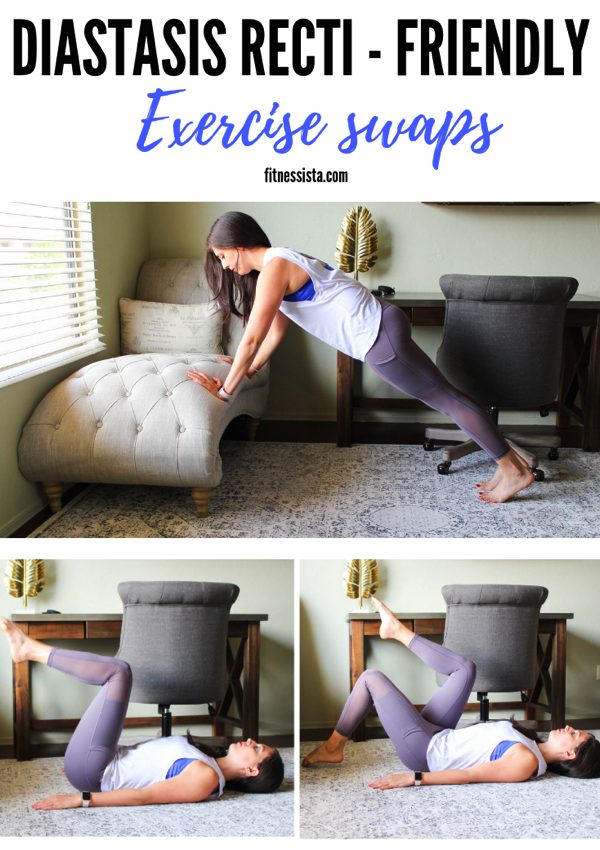
Planking: modified plank on your knees or at a wall, cat cow, or spinal balance
Sit-ups or cruches: hip raises
Side plank: modify by dropping your bottom knee
Mountain climbers: place hands on a bench and move more slowly
Leg lowers: marches or toe drops
Any supine combination work: heel slides
Low hollow holds: diaphragmatic breathing. Note the umbrella I put there! I chat about this a bit in the video, but you want to think of your belly as an umbrella as you inhale. Fill up your diaphragm and expand.
Ab roller exercises: modified planks, spinal balance, or cat cow
A quick video with my favorite Diastasis Recti- friendly exercises:
Some tips to remember during any type of core workout:
– Make sure you can complete the exercise without your core actively pushing out. If it’s pushing out, it’s a cue that you need to scale back the intensity.
– Don’t forget your pelvic floor. Practice some diaphragmatic breathing to feel your entire core (including the muscles of the pelvic floor) and abdominals engaging and working.
Lie on your back, relax your shoulders, and drop your ribs (so you’re shortening the amount of distance between your ribs and hip bones). Take a big inhale and fill your belly and feel your ribs expand (like your torso is an umbrella, picture it opening) and as you exhale, you’re draw the belly in (picture the umbrella closing) and engage your pelvic floor. When you involve your pelvic floor, it’s not just a clench action; it’s a LIFT. My friend Jess has a great cue for this: imagine that your pelvic floor is an elevator. Close the door, and lift up. Inhale to release. Practice this every day for a minute or so!! If you’re looking for some great pelvic floor exercises, the Hab It program is incredible.
– Think about why you’re doing something and how it functionally relates to your body. It’s not really funtional to do 100 crunches – we’re not making tiny flexing actions lifting our shoulders throughout the day – but we’re in a moving plank all day. We twist and rotate do pick up things we drop, load groceries into the car, place glasses into high shelves. Instead of going through the motions to simply get through the exercise, think about the why behind each movement you add into your fitness routine. If something doesn’t make sense for your life, skip it or find another option that works for you.
– If you have any loss of function or symptoms following pregnancy, birth (like incontinence, pressure, severe bloating), get a referral to see a women’s health physical therapist. I feel like EVERY woman should see one after birth, as they’re a wealth of information and they can assess your unique situation, pelvic floor muscles, your muscle weaknesses/imbalances, and determine a personalized plan for you.
I hope this post was helpful!! If you need some more ideas, check out my free prenatal and postpartum core guide.
Have a wonderful day, friends.
xo
Gina

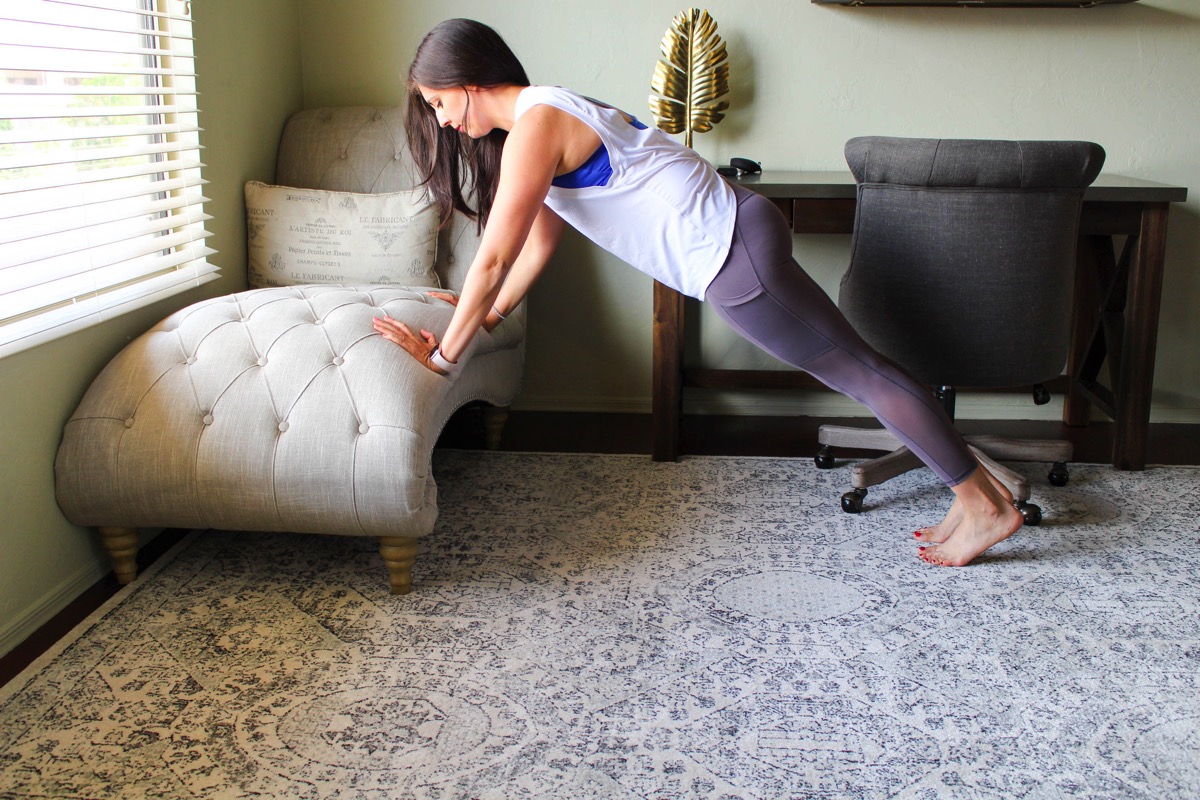
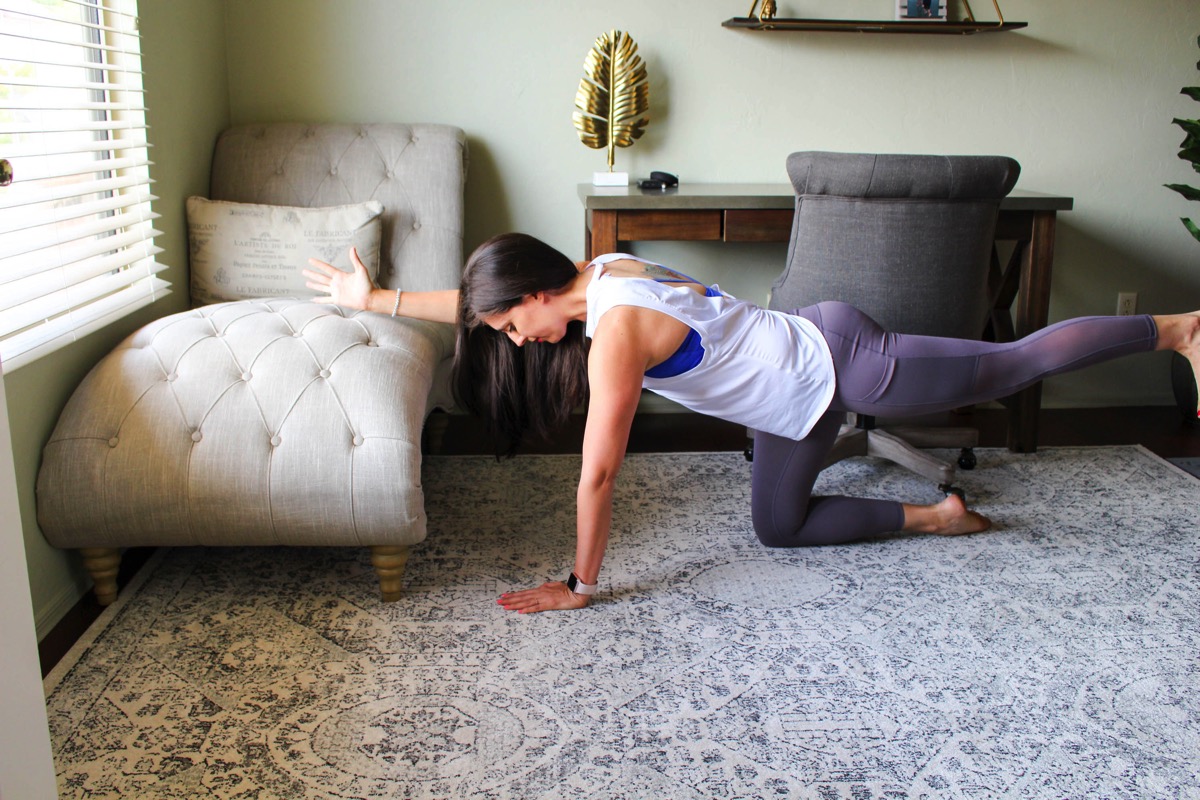
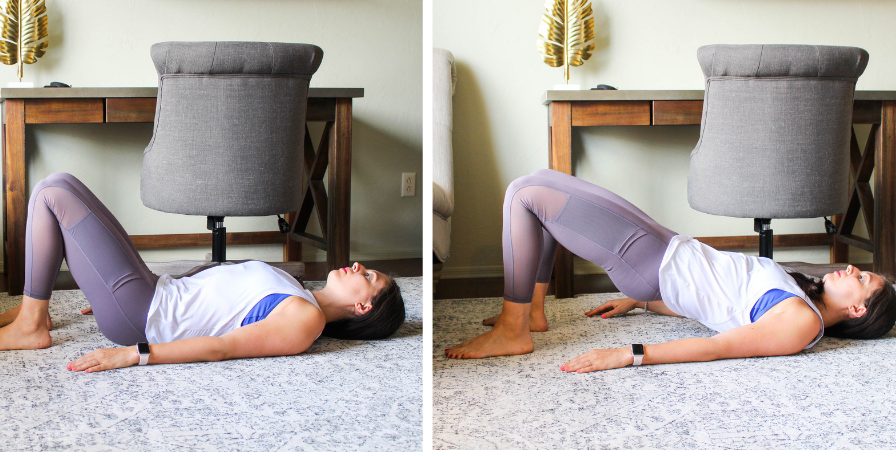
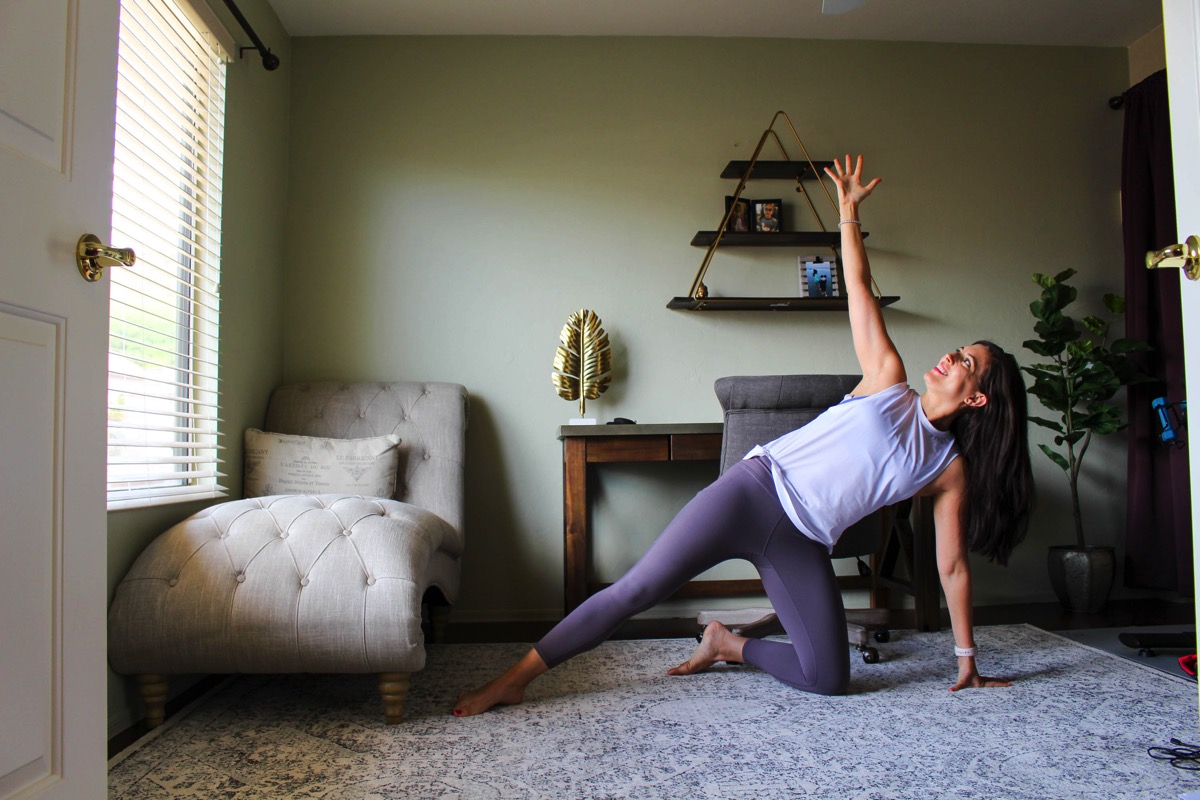
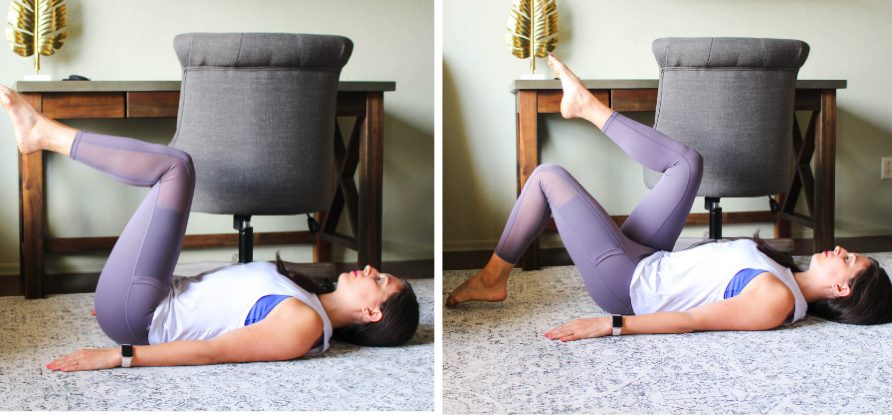

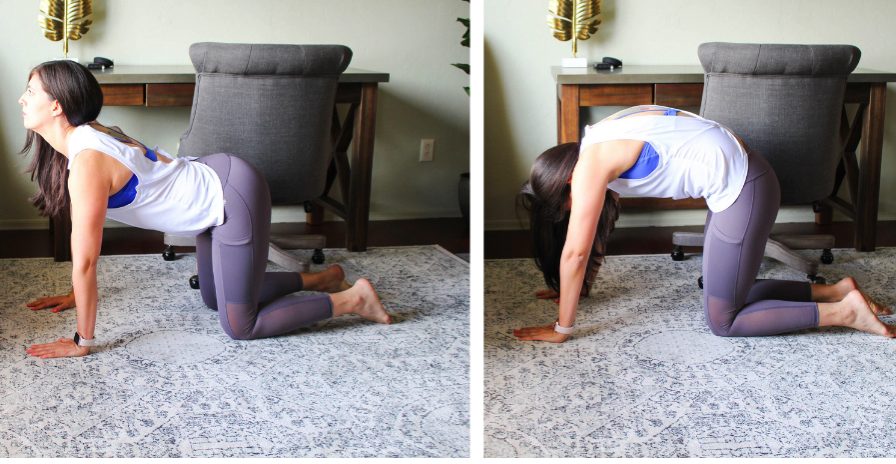







Gina, thank you so much for this super timely post. I have a niece about to deliver her 2nd any day now (!), and she told she doesn’t feel like she ever healed her DR from her first delivery. I’ll share this post with, downloaded your guide to send on to her, will encourage her to follow you, and to seek out a consultation with a women’s health physical therapist. Really great info her and I’m excited to share it with her.
i hope she finds it helpful! thank you so much for sharing the love 🙂
Thank you so much for this! Question, how long can you fix your DR? My daughter is 18 months and I still have very limited core strength. Is it still effective to wear a brace while working out?
i would definitely see a PT – you’re never too late to repair the gap, especially with professional help. i wouldn’t wear the brace when you work out unless your doctor said it’s necessary. core strength is one of those “use it or lose it” type things and any type of brace will keep the muscles from firing appropriately
hope this helps a little!
I’m curious if DR exercises are supposed to make your abs sore the way traditional ab exercises can? I have minor DR and the exercises feel pretty easy and I don’t get the same “burn” that I used to with regular exercises…
some do! it really depends on how you’re activating your core muscles
How would one find a women’s health physical therapist? I am five weeks postpartum, I can put a finger and a half in between my ab muscles, I’m not sure if that means I have diastases recti or not. Thanks!
i would google and see what’s available around you. just search pelvic floor physical therapist and your zip code and see what pops up! if you need help researching, i’m a google master 😉 just let me know!
you’re so early postpartum that could easily resolve on its own over the next 6 months or so
thanks! here’s hoping!!
Thank you so much for this awesome post
I wish I had known about all of this after giving birth 20 years ago. Now, I’m playing catch up with a therapist. New moms are really lucky that this is out there now. This is great advice for new moms.